Edible weeds are a great way to increase the foods you grow- and consume- without any additional work on your part. Instead of fighting against these weeds- why not rethink what a weed is and put them to use instead!
There’s a quote I love, by Ralph Waldo Emerson that goes like this: “What is a weed? A plant whose virtues have not yet been discovered.”
This site contains affiliate links. If you make a purchase using one of these links, I may earn a commission. Please see my disclosure page for more information about cookies collected and our privacy policy.
I love it because it’s so true. Once you stop fighting against dandelions or lamb’s quarters and really start looking at what they are and how they can help you, you start to see these “weeds” differently.
As a teenager, I saw common weeds like dandelions and violets as flowers. I even planned to have my wedding bouquet as a dandelion and violet bouquet and would get upset when my parents mowed them all down on mowing day.
Now that I am older, I have a new love for most common weeds- they are useful, medicinal, and edible plants!
15 Edible Weeds That Aren’t Really Weeds at All!
This is not a complete list of edible weeds- there are tons out there! I recommend getting a guide like the Peterson Field Guide- Edible Wild Plants to help you learn more about which wild plants are edible, which ones are not, and which ones have look-alikes that can be confusing.
Dandelion
Dandelion is one of the most common weeds, that’s recognizable by just about everyone. I actually hate that it’s called a weed and don’t understand why some people work so hard to eradicate it from their yard.
Not only is dandelion edible, it’s also a very important flower for bees and other pollinators- which in turn is important for our food source.
I’m sure I don’t have to tell you what a dandelion looks like, but do be aware of dandelion look-alikes that may live in your garden or yard.
Edible Parts: Almost all parts: flower, leaves, roots
How to Use This Edible Weed: The leaves of the dandelion plant makes a great addition to salads or you can saute them with some garlic and oil.
The flowers can be picked and used in a variety of ways such as to make jelly, battered and fried, added to baked goods, to make dandelion wine and so much more.
The roots are also edible and can be used to make dandelion root tea which can be used as a coffee replacement. They can also be roasted and eaten or used to make tinctures.
Violet
Violets are my very favorite spring flower. I have been gathering them since I was a teenager into bouquets. My teenage sons know to leave the violets when the mow the yard in the early spring!
Edible Parts: Leaves and flowers
How to Use This Edible Weed: You can make jelly using the violet flowers- similar to this forsythia jelly– or add the fresh blossoms to your green salad for a colorful punch!
Use the greens to make a medicinal tea or make them into pesto!
Dead Nettle
Dead nettle is a harbinger of spring in my area. You know spring is on the way when these first flowers start popping up all over the yard and garden.
My kids think that dead nettle is a funny name- and jokingly liken it to nightlock from the Hunger Games. But dead nettle won’t kill you- it’s actually edible! It’s part of the mint family and pretty easy to identify- even though it has some look-alikes like henbit (also edible).
Like dandelion it’s an important flower for bees in the early spring- do don’t try and destroy it!
Edible Parts: Leaves and flowers
How to Use This Edible Weed: Dead nettle can be eaten fresh- commonly added to fresh salads as a garnish. You can also use them in anyway you would use other greens- to make pesto, blended into smoothies, or added to soups.
It can also be used to make tinctures, teas, balms or salves- like these!
Chicory
Chicory is grows wild along our fences and roads and throughout our pastures. Even if it weren’t an edible weed, I’d still leave it alone because I think it’s just beautiful.
It’s a scraggly looking plant with bright purple-blue flowers. It can grow quite tall- more than 3 feet!
Edible Parts: Leaves and roots. Flowers are edible but bitter.
How to Use This Edible Weed: The young leaves are great added to salads or cooked like other greens. Harvest early, since leaves get bitter as they mature.
The roots make a great coffee-like substitute. They are roasted until brown and brittle then ground and prepared just like coffee.
Mullein
Mullein is identified by it’s large, gray-green leaves, that are very soft and woolly. It grows in fields and on roadsides….often in places other weeds won’t grow.
It is a biennial plant, that stays in a low rosette the first year and the second year, the plant will grow a tall stalk with yellow flowers.
Edible Parts: Leaves
How to Use This Edible Weed: Mostly commonly mullein is used to make a tea (great for the lungs and respiratory ailments). They can also be added to salads, though tea is preferable.
Another name for mullein is cowboy’s toilet paper and can be used as such in a pinch!
Burdock
I have never experienced burdock before our move to NC. And my first experience with it wasn’t a great one- the sticky seed pods stuck to everything and when I say everything- I mean my son got one embedded in his EYE!
So while it can get invasive and we try to keep it from seeding each year, burdock is edible!
Edible Parts: Young leaves, roots, flower stalks
How to Use This Edible Weed: Roast the root like you would other roots- though some people love it, some also think it’s too earthy in taste. You can also harvest young leaves and stalks. Here’s more about burdock and how to prepare it.
Lamb’s Quarters
This is one weed that takes OVER the garden each year. And while it’s edible and the goat’s love to eat it- I’d still rather it not be in my garden.
Lamb’s quarters are actually a relative of quinoa and you can use the seed similarly as you do with quinoa
Edible Parts: Young leaves and seeds
How to Use This Edible Weed: Use the leaves just as you would spinach or allow to go to seed and collect the seed and use as a nutty grain or grind into flour.
Plantain
Plantains are about as plentiful as dandelions in most yards. I have fond memories of shooting the seed heads at my brother in the summers growing up (a skill I have passed down to my kids!)
As I got older, I have learned that plantain can be used for so much more than aggravating a sibling! I use it in my salves- such as poison ivy salve or my calendula salve. But it’s also edible!
Edible Parts: Young leaves
How to Use This Edible Weed: Chop the leaves and add them to salad, use in place of spinach, dehydrate them into chips like you would kale, or boil and serve with some butter! Make sure to harvest very young leaves- before they get stringy and tough (use them for herbal preparations after that!)
Purslane
Purslane can be found in rich and sandy soils and it can be found in sidewalk cracks and waste grounds. It’s has succulent green leaves that grows low to the ground in a trailing fashion.
In many parts of the world, purslane is a cultivated plant now and even had “superfood” status. It’s rich in iron, vitamin C, vitamin A, and calcium, plus it’s high in Omega3s.
Edible Parts: Leaves, stems, seeds
How to Use This Edible Weed: It can be used in salads and cooked greens. The stems can be pickled and the seeds even made into a very nutritious flour!
Clover
We all know clover, right? It’s common in most front yards and I’d personally love a yard of purely clover instead of grass. Like other edible weeds, clover is very important for bees and pollinators.
It’s easy to identify with it’s 3 (or 4!) leaves and white flowers. Though red and crimson clover is also edible.
Edible Parts: Young leaves, flowers, seeds
How to Use This Edible Weed: Use in salads, as cooked greens, tea, or flour using dried flower heads and seeds.
Greens and flowers are more easily digested when cooked, so cooking or drying is preferable. Kids also love to suck out the honeydew similar to honeysuckle!
Chickweed
Chickweed is one of the earliest greens found in the spring. It can take over if you don’t control it- but since it’s best harvested young that usually isn’t a problem.
It’s common in moist, rich soils- such as the garden but can also be found on roadsides and shady places in the yard.
Edible Parts: Tender leaves and stems
How to Use This Edible Weed: Can be used in salads or cooked greens. You can also use the greens in a wild-green pesto! Use it in place of spinach or like sprouts on a sandwich!
Chickweed also has a lot of medicinal qualities that make it more of an herb than a weed to me! Here’s a good look at chickweed and how to identify it, what to use it for, and all it’s benefits.
Queen Anne’s Lace
Queen Anne’s Lace is a common name for the wild carrot. And that’s exactly what it is- the wild form of the carrot many of us grow in our own gardens. It is a hairy stemmed biennial plant. The flowers are white topped and lacy- and are popular with ants and bees.
Edible Parts: Roots, leaves, flower
How to Use This Edible Weed: Eat the roots like you would a carrot- raw, steamed, in soups. It’s best to use first year leaves if you are eating them- you can add them to salads or make pesto!
NOTE: Don’t eat unless you are 100% certain it is wild carrot. There are similarities between Queen Anne’s Lace and Poison Hemlock- which is not edible and can be fatal.
Stinging Nettle
Like the name implies, stinging nettles do in fact sting. They are covered in stinging hairs which means you need to be careful when harvesting- use gloves!
Luckily cooking takes away this sting- leaving you with a healthy, edible that is rich in vitamin A, vitamin C, phosphorus, iron and protein!
Edible Parts: Young shoots and leaves
How to Use This Edible Weed: Add them to soups or stews, make into tea, or serve as a cooked green (great with butter and lemon!)
Wood Sorrel
I’ve been eating this “sour clover” my whole life and my kids love to snack on it in the yard as well.
This common weed is clover-like in appearance with 3 heart-shaped leaves and a very sour taste. Different varieties exist- with pink or white flowers, but I tend to find yellow wood sorrel most often with it’s yellow flowers.
Edible Parts: Leaves
How to Use This Edible Weed: Eat the leaves fresh, or add them for a sour kick to a salad. Or make a tea with the leaves by steeping for 10 minutes and then chilling and sweetening like lemonade!
Wild Mustard
Wild mustard is a brassica just like broccoli, cabbage, and cultivated mustard greens. There are lots of different varieties and some are more palatable than others.
It can be found in almost all areas and growing conditions. We have creasy greens growing all up and down- and in- our gravel driveway.
Edible Parts: Young leaves, flower buds, seed pods, and seeds
How to Use This Edible Weed: Young leaves have the best flavor- and can be somewhat spicy or peppery in taste. Eat the flower heads like you would broccoli. And you can grind the seeds to make mustard powder or mix with spices, salt, and vinegar to make MUSTARD!
There’s just 15 edible you might have in your yard- take a look around and see what might be hiding in YOUR yard that you can eat! Knowing how to forage for your own food is an important preparedness skill- so keep your book or this knowledge in your survival kit or preparedness resources.

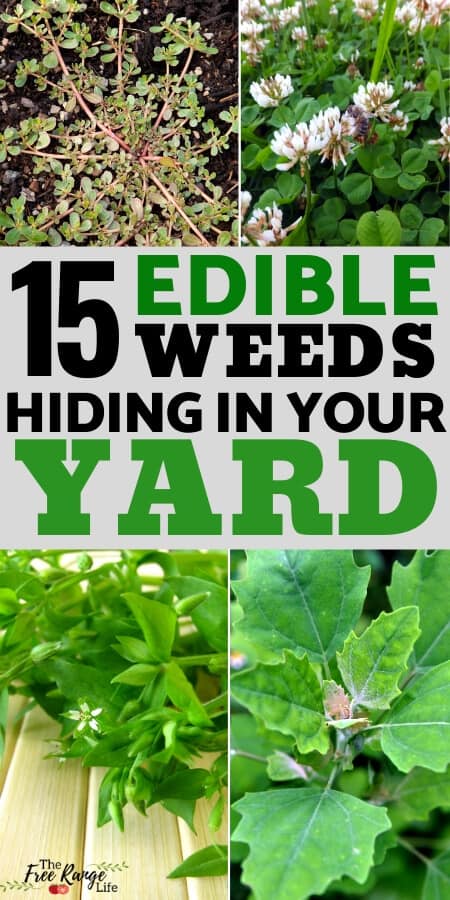
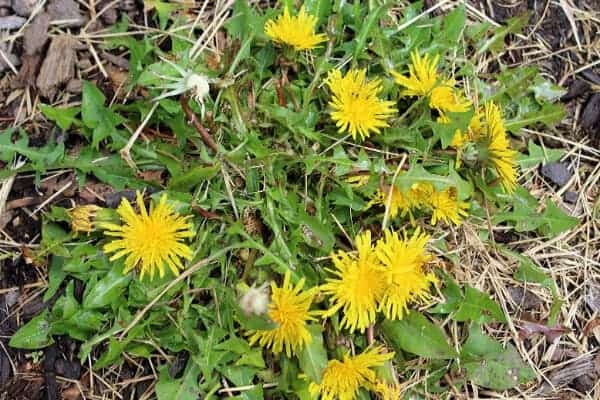
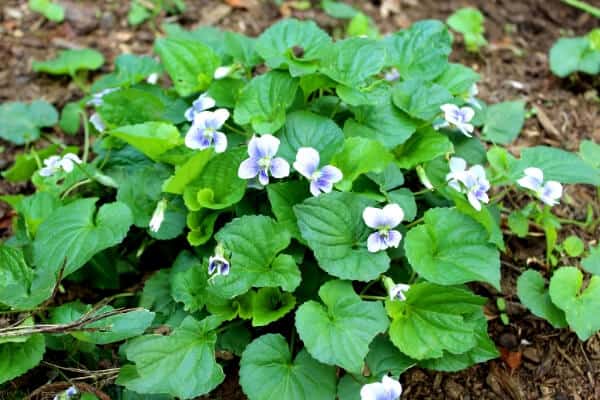
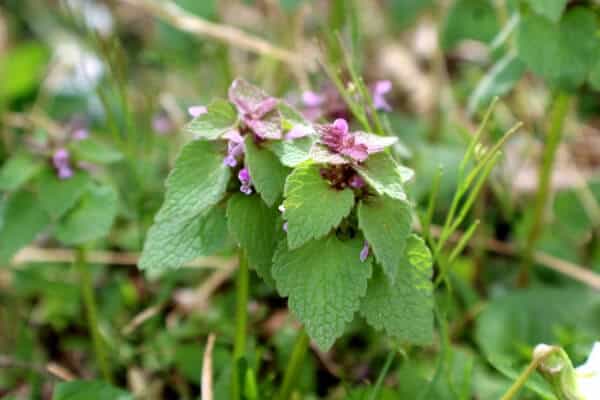

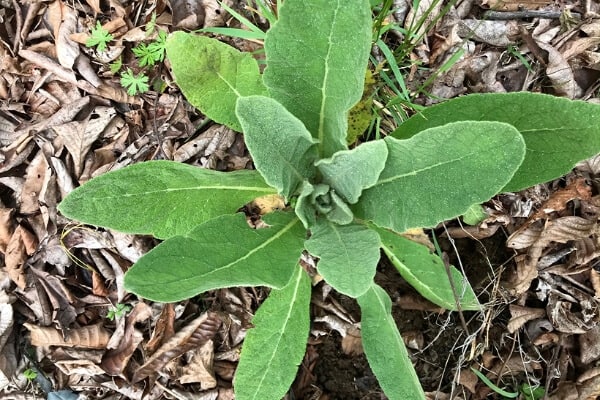
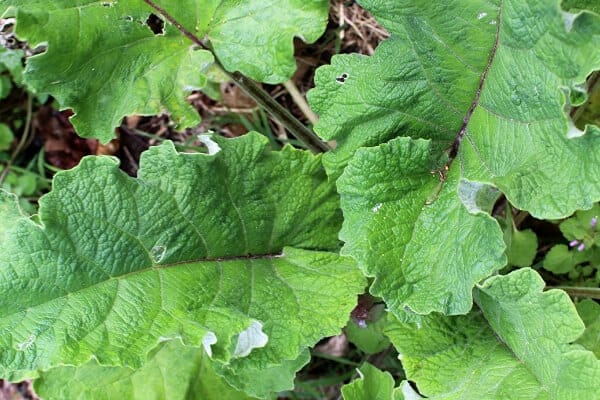
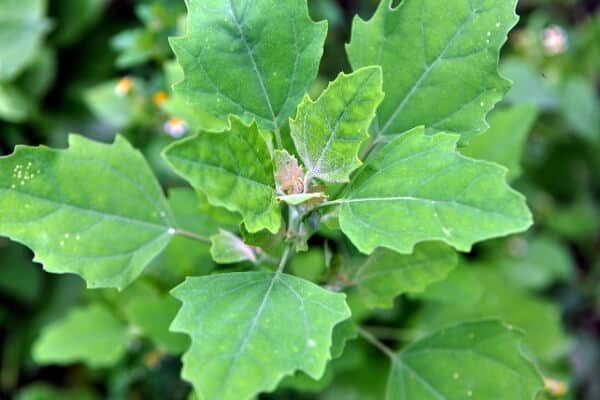
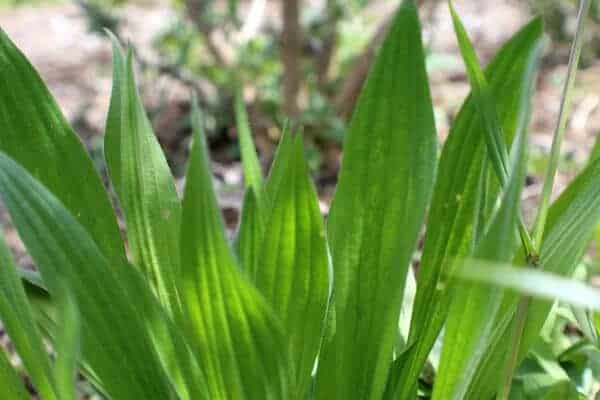
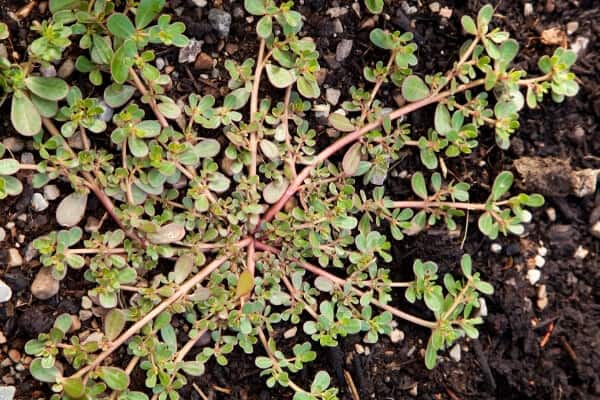
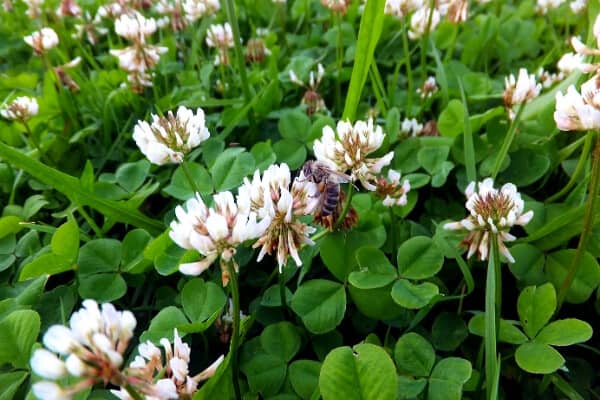
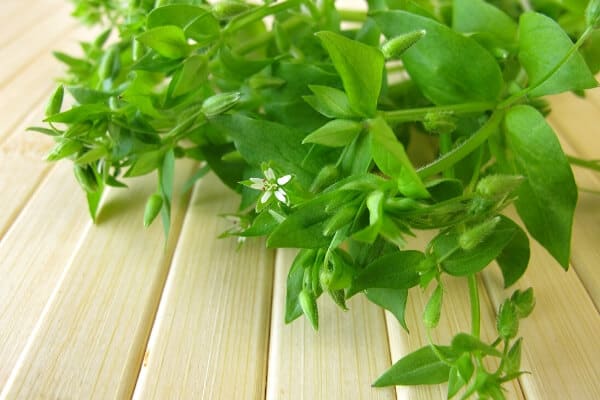
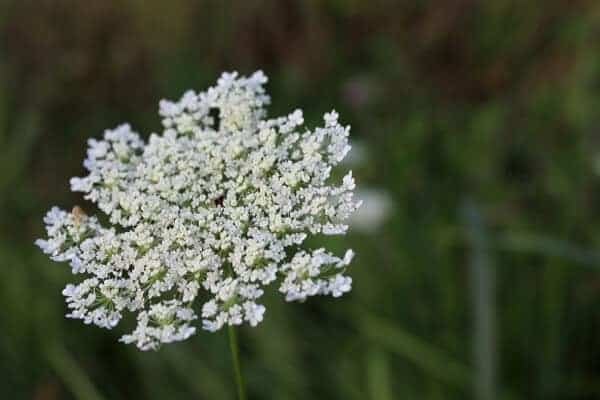
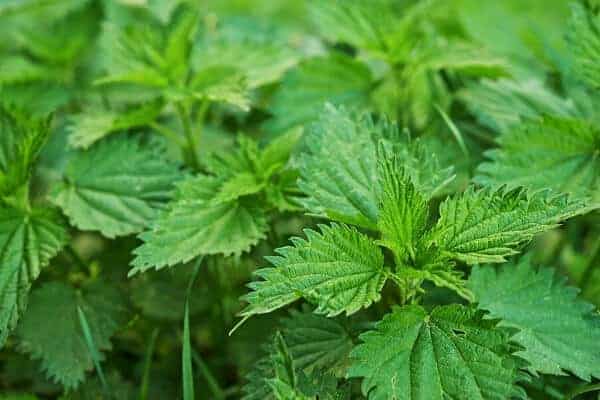
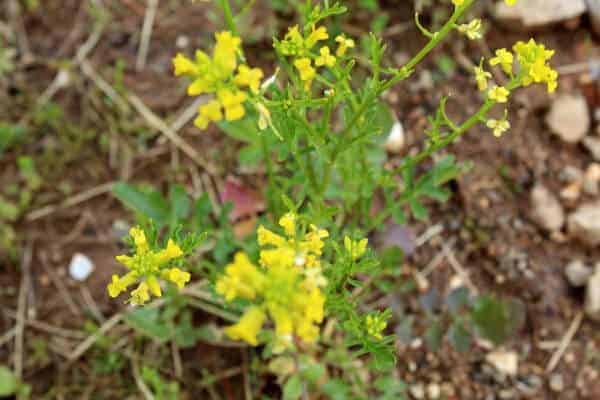


What scares me is how do I tell the difference between poisonous and eatiable plants that look alike with no expert to tell the difference. It is just not worth the chance !
Excellent post and wonderful blog, this sort of interesting posts I really like, keep it up…
I would love to find a book with lots of pictures so I can start eating some of these. Thanks for the info. Lisa
Hi – Elizabeth in Tasmania Australia – in the Huon Valley south of Hobart – state Capital. Very interested in weeds and have been changing my garden – recently bought and needed much liberating from lawn and stric lines.
Am now prioritising weeds for my Spring garden – mostly found in situ.
This is great!
It would be nice to state what part of the country these plants are from. That would be helpful.
I know that they grow in Tennessee.
Thank you so much for interesting information. Where can I get the seeds of the above seeds.
I have been waiting for such kind of trees in my garden but this medicinal garden kit gives me that plants are so helpful for my household let’s you can try this in your garden and experience the medicinal gardening